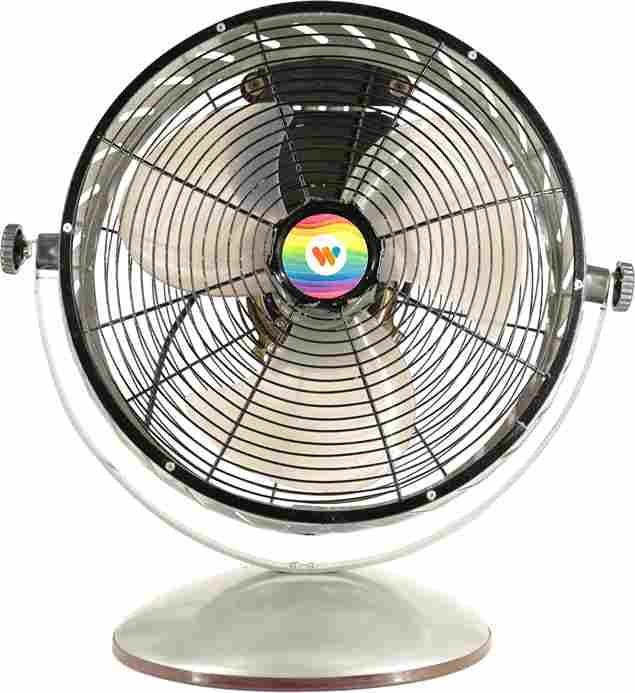How to Iron a Blazer and Suit: A Complete Guide
- sharmaashish3829
- Jun 17
- 5 min read
Wearing a well-ironed blazer or suit speaks volumes about your personality, attention to detail, and professionalism. Whether you're heading to a corporate meeting, a formal event, or a job interview, your appearance plays a crucial role in creating a strong first impression. Yet, many people shy away from ironing their suits and blazers at home, fearing they’ll ruin the delicate fabric or structure. But with the right approach, tools, and techniques, you can iron your blazer and suit jacket at home and achieve a clean, tailored look.
In this comprehensive guide, we’ll walk you through everything you need to know about how to iron a blazer and suit properly, safely, and efficiently.

Understanding Suit Fabric and Structure
Before you begin, it’s essential to understand what makes suits and blazers different from regular garments. They’re structured, layered, and typically made of fine fabrics such as wool, linen, polyester blends, cotton, or even silk. Unlike shirts or trousers, suits and blazers have:
Lapels
Shoulder padding
Lining
Interfacing (stiff inner layers to shape the garment)
These features add form but also make ironing a bit more complex. Improper handling can damage the fabric or distort its structure.
Key tip: Always check the care label before ironing. Some suits are "dry clean only" or may recommend steaming rather than ironing.
Tools You'll Need
Steam Iron with Adjustable Settings – A high-quality iron with steam burst and temperature control is crucial.
Ironing Board – Preferably with a sleeve attachment to help with smaller areas.
Pressing Cloth – A clean cotton cloth or handkerchief to protect the fabric from direct heat.
Garment Steamer (Optional) – For wrinkle removal without pressing down the fabric.
Spray Bottle (Optional) – To slightly dampen the cloth before pressing.
Suit Hanger – For hanging your blazer immediately after ironing.
Pre-Ironing Preparation
Before turning on your iron, take a few minutes to prepare the garment:
1. Clean the Suit
Make sure the suit is clean before you begin. Dirt or sweat residues can get baked into the fabric during ironing, causing stains or odor. Dry-clean if needed.
2. Check the Fabric Type
Look at the care label for guidance on temperature and method:
Wool – Medium to low heat with steam
Cotton or Linen – High heat with steam
Synthetic fabrics (polyester blends) – Low heat
Silk or delicate fabrics – Very low heat, preferably with a pressing cloth
3. Empty the Pockets
Take out all items from pockets to avoid distorting the shape during ironing.
4. Slightly Dampen the Blazer (Optional)
If your iron doesn’t produce enough steam, use a spray bottle to lightly mist the fabric. Never soak it.
Step-by-Step: How to Iron a Blazer and Suit
Step 1: Iron the Collar and Lapels
Start with the collar and lapels, as they define the overall crispness of your suit.
Lay the blazer flat on the ironing board with the underside of the collar facing up.
Place the pressing cloth over it and gently press with the iron using a steam burst.
Turn it over and do the same on the top side of the collar.
Move to the lapels and iron along their edge—again with a pressing cloth in between to avoid shine.
Tip: Do not flatten the lapel fold completely; you want to maintain the natural roll.
Step 2: Iron the Shoulders
Shoulders are the most structured part of a blazer due to the padding.
Drape the shoulder over the narrow end of the ironing board or use a tailor’s ham.
Gently press from the top of the shoulder towards the sleeve.
Use steam instead of force; the goal is to remove wrinkles without flattening the padding.
Do this one shoulder at a time and be cautious not to distort the curve of the shoulder.
Step 3: Iron the Sleeves
Sleeves are among the most visible parts of a suit, especially when you move your arms.
Align the sleeve seam and lay the sleeve flat on the board.
Place the pressing cloth over the sleeve.
Iron from the shoulder to the cuff, using long smooth strokes.
Avoid creating a sharp crease unless it's a stylistic choice. Many modern suits do not have creased sleeves.
Repeat the process for the second sleeve.
Step 4: Iron the Back of the Jacket
The back is usually less wrinkled than the front but still requires attention.
Drape the back panel over the ironing board.
Cover with a pressing cloth and work section by section.
Start from the top and move downwards, using medium heat and steam.
For double vents, ensure they lie flat while ironing, and avoid pressing the vents into the jacket body.
Step 5: Iron the Front Panels
These sections include the chest and lower parts of the blazer.
Begin with one front panel.
Lay it flat, use a pressing cloth, and iron carefully around the pockets and buttons.
Do not iron directly on the buttons; instead, press around them.
Lightly steam or press the pocket flaps and seams without flattening the padding inside.
Repeat on the other side.
Step 6: Iron the Inside Lining (Optional)
If the lining is visibly wrinkled, you can iron it gently:
Turn the blazer inside out and lay it flat on the board.
Use low heat and a pressing cloth to gently press the lining.
Do not overdo it—lining can be delicate and prone to melting or sticking.
How to Iron Suit Trousers
While your focus might be on the blazer, the trousers are an equally important part of the ensemble.
1. Prepare the Trousers
Turn them inside out if they have delicate material.
Lay flat on the ironing board.
2. Iron the Waistband and Top
Start with the pockets and waistband area.
Move on to the zipper and fly with light steam.
3. Create or Maintain Creases
If your suit trousers have front creases:
Fold the trousers along the existing crease lines.
Iron from the crotch to the hem on both sides.
Flip and repeat on the back leg.
Use a pressing cloth to prevent a shiny surface and be mindful of the pleats.
When to Use a Garment Steamer
If you’re unsure about ironing or dealing with extremely delicate suits (like those made of silk, velvet, or cashmere), a garment steamer can be a safer option.
Hang the blazer on a hanger.
Steam from top to bottom at a slight angle.
Keep a distance of 1–2 inches to avoid moisture build-up.
Steamers are excellent for light touch-ups and wrinkle removal without pressing.
Common Mistakes to Avoid
Using High Heat on Delicate Fabrics: This can scorch or create shine marks.
Ironing Over Buttons or Zippers: Can damage both the iron and the garment.
Flattening the Padding: Pressing too hard on shoulders or lapels can distort the structure.
Not Using a Pressing Cloth: Increases the risk of fabric shine or burn marks.
Skipping Fabric Type Check: Always read the care label to prevent irreversible damage.
After Ironing: Storage and Care
Once your suit or blazer is ironed:
Hang it on a wide, padded hanger to maintain shape.
Use a garment bag if storing for long periods.
Avoid cramming it into a tight closet—space helps keep it wrinkle-free.
If wearing it soon, give it a few minutes to air out and cool before putting it on.
Final Thoughts
Learning how to iron a blazer and suit is a valuable life skill, especially in professional and social environments where appearance matters. Though it requires patience and attention, the results speak for themselves—nothing beats the elegance of a well-pressed suit.
With the right tools, gentle handling, and practice, you can maintain your formalwear with confidence and care. So, take that iron in hand and give your suit the sharp look it deserves—it’s time to step out with style and poise.



Comments